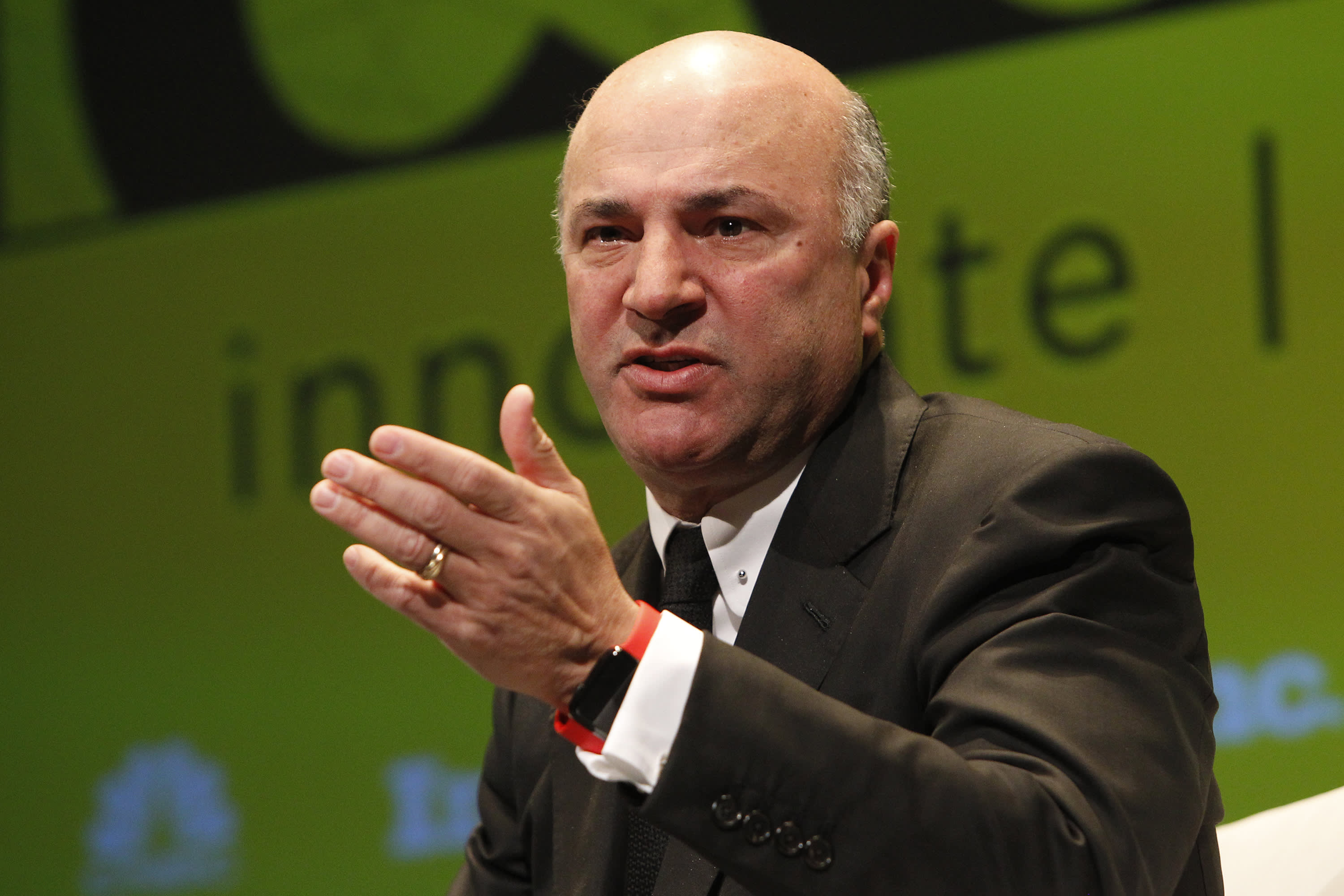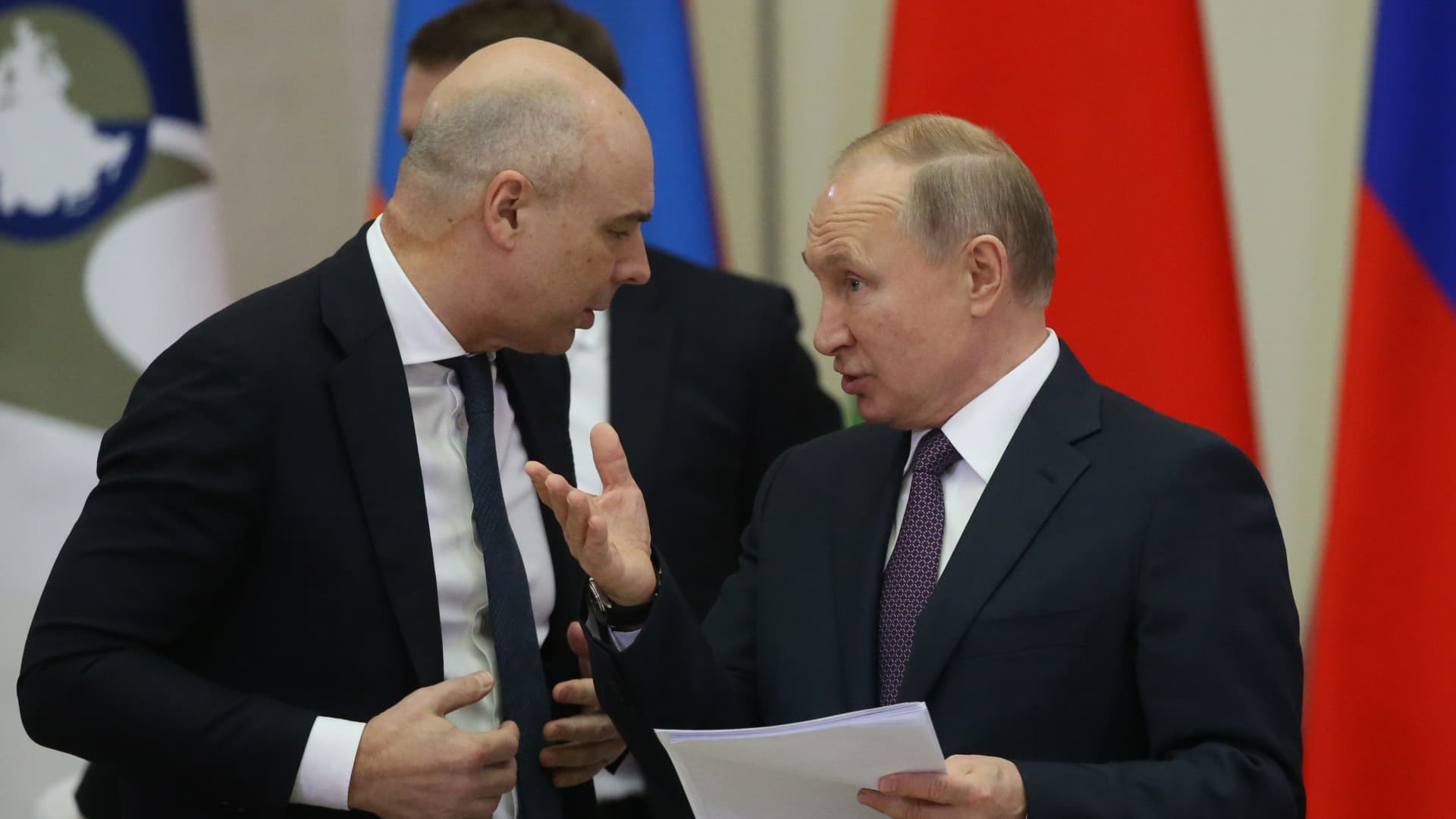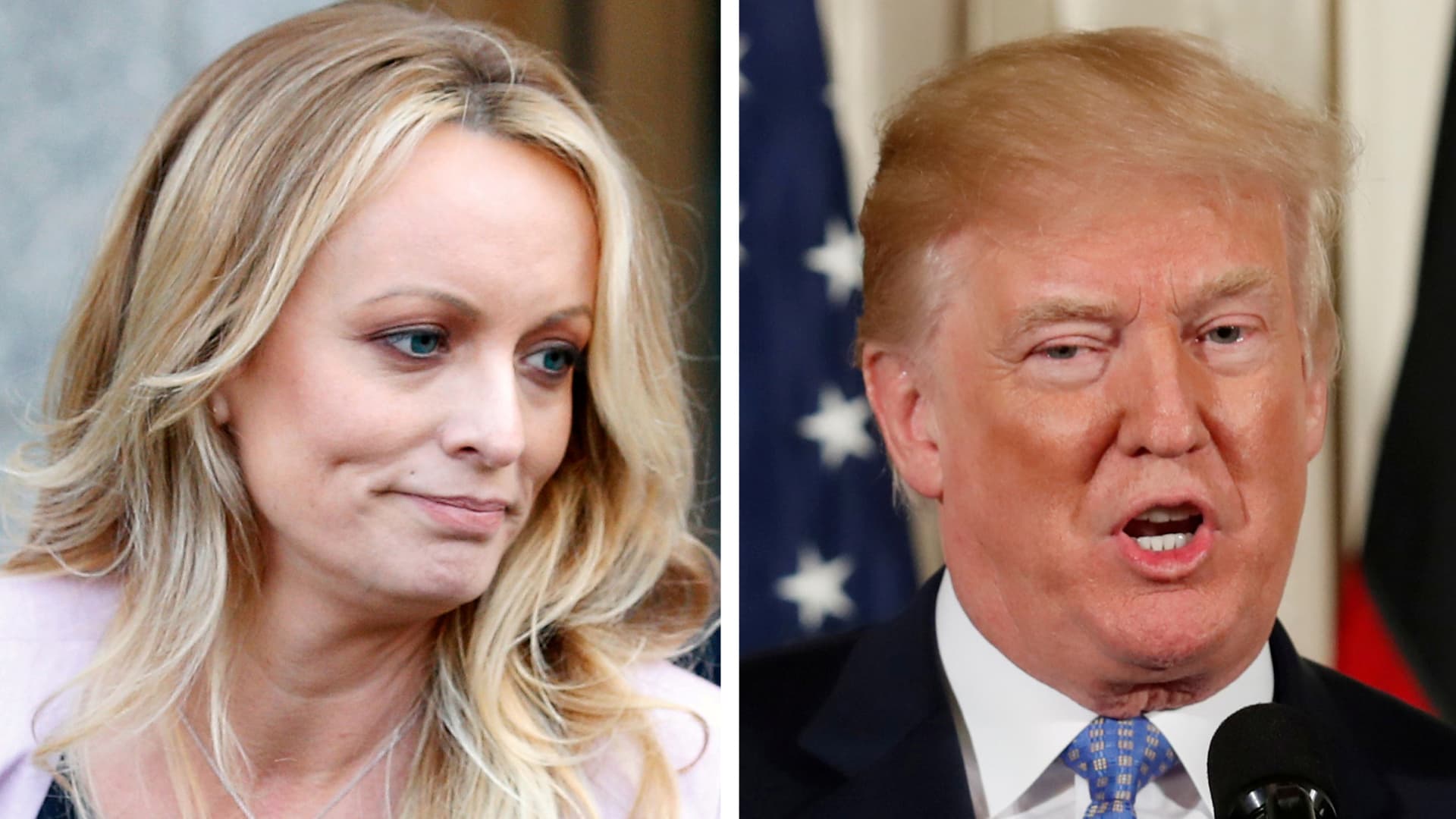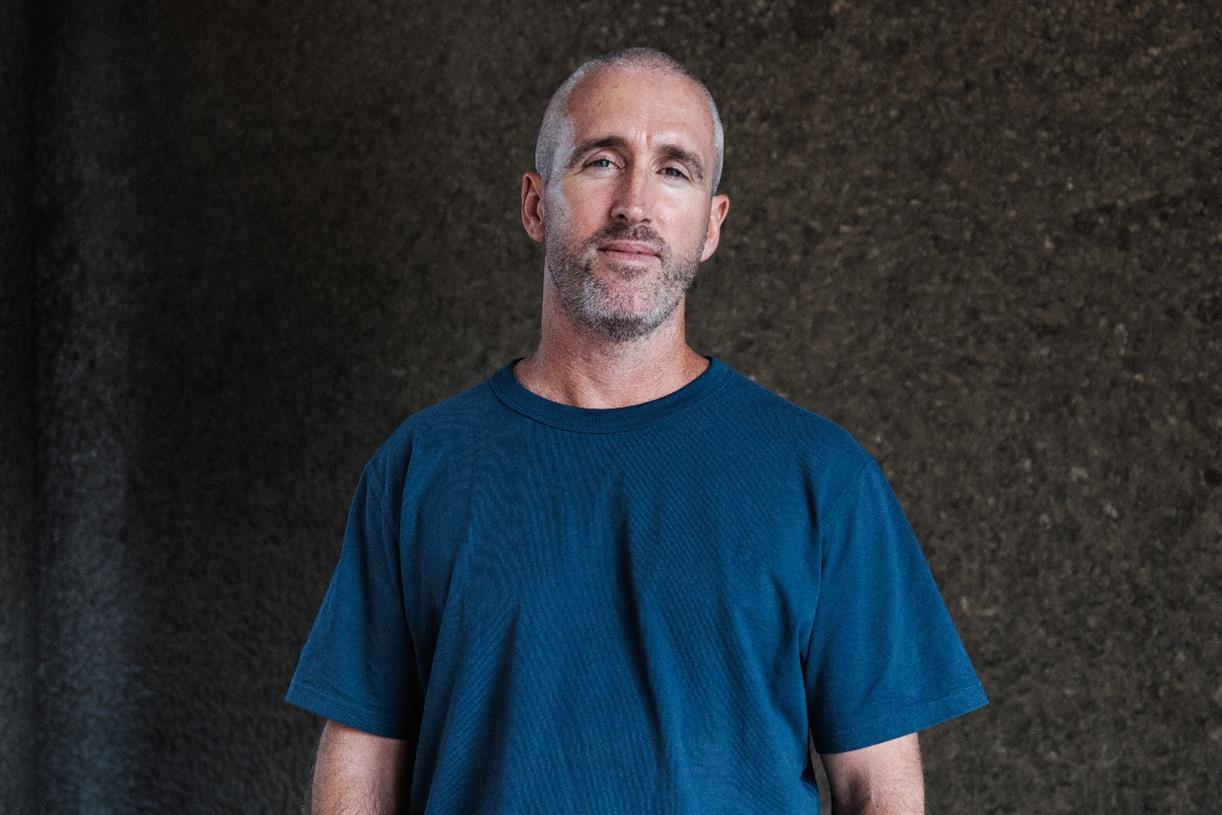Biden cancels $10,000 in federal student loan debt for most borrowers
President Joe Biden announced he will forgive $10,000 in federal student debt for most borrowers.
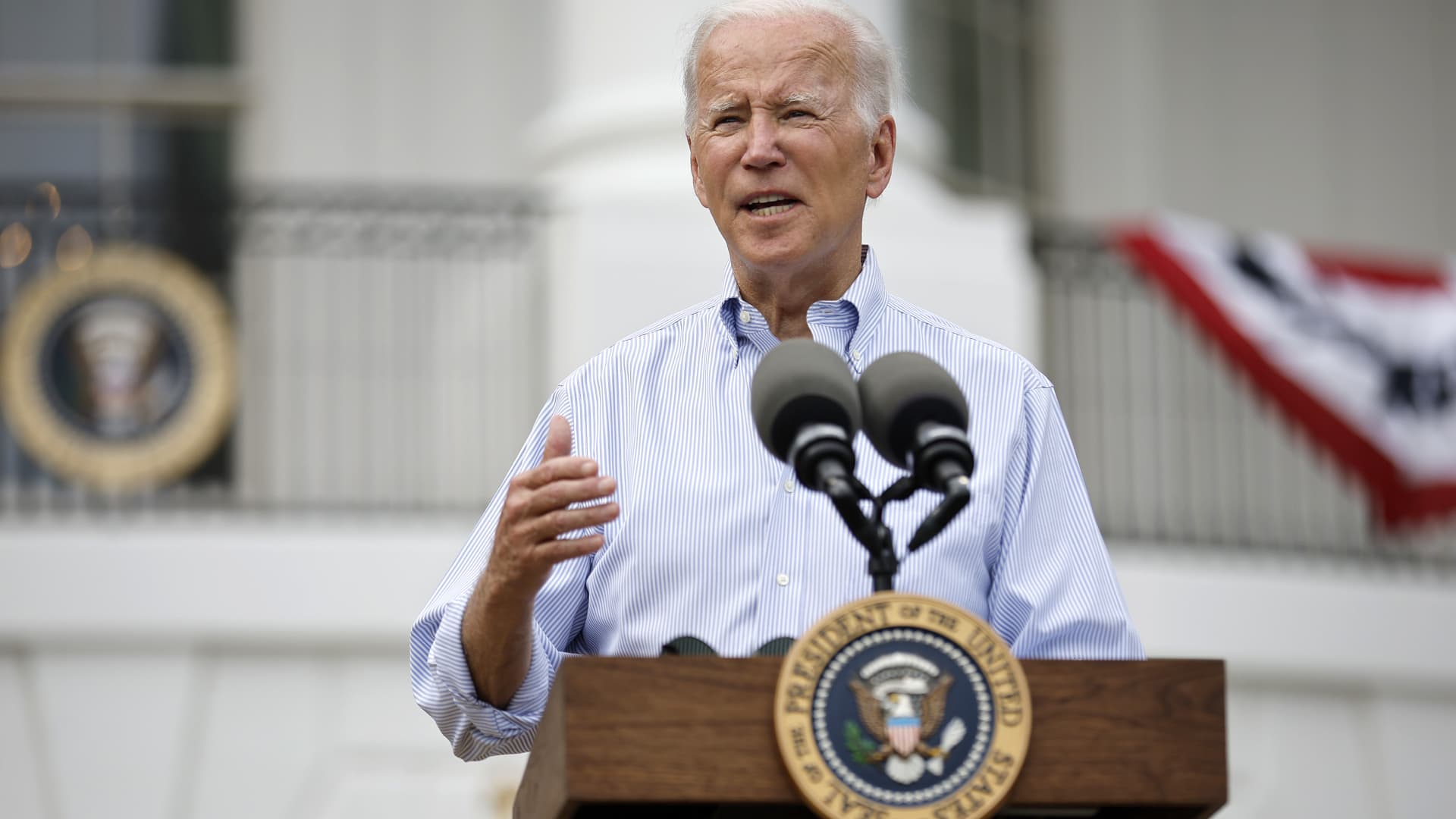
President Joe Biden announced Wednesday that he will forgive $10,000 in federal student debt for most borrowers, fulfilling a campaign pledge and delivering financial relief to millions of Americans.
Biden will cancel up to $20,000 for recipients of Pell Grants.
"Both of these targeted actions are for families who need it the most," the president said in remarks from the White House on Wednesday afternoon.
The relief will be limited to Americans earning under $125,000 per year, or $250,000 for married couples or heads of households. The relief is also capped at the amount of a borrower's outstanding eligible debt, per the Education Department.
The president will also extend the payment pause on most federal student loans "one final time" through Dec. 31, 2022, according to the tweet.
In his remarks, Biden said that 95% of borrowers would benefit from the plan, or about 43 million people. Of those, over 60% are Pell Grant recipients.
In all, nearly 45% of borrowers, or almost 20 million people, would have their debt fully canceled, Biden said.
"That's 20 million people who can start getting on with their lives," Biden said.
"All of this means people can start finally to crawl out from under that mountain of debt. To get on top of their rent and their utilities. To finally think about buying a home or starting a family or starting a business."
Biden's decision to move ahead with $10,000 in student debt cancellation for borrowers who earn under $125,000 will cost the federal government around $244 billion, according to higher education expert Mark Kantrowitz. The $20,000 in relief for Pell Grant recipients may add around $120 billion to the government's costs.
The unprecedented action by the White House of wiping out hundreds of billions of dollars in consumer debt follows years of advocacy pressure and recent months of heated debate among Biden administration officials.
Those discussions centered on how student loan forgiveness might impact the high inflation hitting Americans' wallets, the amount of student debt that should be canceled and if the president even had the power to reduce people's balances without the legislative branch.
More from Personal Finance:
What to know about Biden's forgiveness plan: How it works, when to apply
Timeline: Key events on the path to student loan forgiveness
Student loan payment pause extended through December. What to know
Here's what President Biden's student loan forgiveness means for your taxes
Biden's student loan forgiveness plan draws pushback from lawmakers and consumer groups
Biden's student loan forgiveness will cost taxpayers, prompt inflation: Experts
Looming November midterm elections added pressure on the administration to arrive at a decision. Advocates have said that forgiving student debt will galvanize younger voters, among whom Biden has been losing popularity, to the polls.
Although the president had been pushed to cancel $50,000 or more per person, including by Senate Majority Leader Chuck Schumer, D-N.Y., and groups such as the NAACP, he had repeatedly expressed reluctance to wipe out that much debt for all borrowers.
Student loan borrowers collectively owe $1.7 trillion
"The student loan crisis" has become a familiar term in the mouths of politicians and in households across the U.S.
More than 40 million Americans are in debt for their education, owing a cumulative $1.7 trillion, a balance that far exceeds outstanding credit card or auto debt. Skyrocketing higher education costs coupled with stagnant wages have caused the amount of student debt people graduate with to soar. Today the average balance is over $30,000, up from $12,000 in 1980.
Before the pandemic, when the U.S. economy was enjoying one of its healthiest periods in history, problems plagued the federal student loan system.
Only about half of borrowers were in repayment in 2019, according to an estimate by Kantrowitz. A quarter — or more than 10 million people — were in delinquency or default, and the rest had applied for temporary relief for struggling borrowers, including deferments or forbearances.
These grim figures led to comparisons to the 2008 mortgage crisis.
"The student loan system is broken," said Persis Yu, policy director for the Student Borrower Protection Center.
Pressure to cancel student debt in a 'broken' system
Democrats and Republicans have pointed to major flaws in the federal student loan system. Problems come into play as soon as students take out loans, experts say, and more crop up in repayment. Among them:
Hundreds of thousands of students have been provided federal loans at colleges they say turned out to be predatory and deceptive, leaving them with high debt and poor job prospects.The lenders that contract with the U.S. government have been accused of misleading borrowers and steering them into unnecessarily expensive and long forbearances. One of the most popular federal programs, Public Service Loan Forgiveness, has not yet led to the debt forgiveness that over a million borrowers were relying on because of confusing rules and lenders failing to keep track of their payments.Extraordinary collection powers by the federal government means that hundreds of thousands of veterans and older Americans who have fallen behind on their student loans have had portions of their benefits regularly garnished.Research shows that student debt holds individuals back from starting businesses, saving for their retirement and buying homes.
As a result, debt forgiveness is likely to change the life trajectory for tens of millions of Americans.
How momentum built for student loan forgiveness
Calls for broad student loan forgiveness date back to the Occupy Wall Street movement in 2011, shortly before outstanding education debt surpassed $1 trillion.
At the time, advocates began to question why corporations should get a bailout from the government on their debt but not everyday Americans who had sought an education.
In the 2020 Democratic primary, Sen. Elizabeth Warren, D-Mass., rolled out a plan to forgive $50,000 for almost all borrowers on her first day in office as president. Sen. Bernie Sanders, I-Vt., went further, promising to cancel all of the debt if he made it to the White House.
On the campaign trail, Biden took a more conservative approach than his rivals to the left, coming out in support of $10,000 in student loan forgiveness. In office, however, the president has been under relentless pressure from Democrats and advocates to deliver deeper relief.
Wisdom Cole, national director of the NAACP's youth and college division, had said that nixing just $10,000 would be "a slap in the face" for Black borrowers, who often have to borrow more than their white peers because of the racial wealth gap.
Critics say forgiveness is 'sending the wrong message'
The announcement is sure to aggravate many Americans, including those who never borrowed for their education or went to college. Rep. Kevin Brady, R-Texas, ranking member of the House Ways and Means Committee, recently called student loan forgiveness "a giveaway to highly educated college grads." Some Republicans have said they will try to block an effort by the president to cancel the debt.
Critics of student loan forgiveness have questioned the fairness of directing relief at those who have benefited from a college education, which usually leads to higher wages.
"Economists generally agree that widespread loan cancellation is regressive, delivering the biggest bailout to those who need it the least," said Beth Akers, a senior fellow at the center-right American Enterprise Institute.
Forgiveness will only worsen the lending crisis, Akers added.
Americans may borrow and pay more for college as a result.
Beth Akers
senior fellow at the American Enterprise Institute.
"The president is sending the wrong message to future borrowers who will likely expect their own bailout in the future," she said. "Americans may borrow and pay more for college as a result."
Yet advocates have said that framing student loan forgiveness as a handout to the well-off is a misinterpretation of the deep and historic inequities of the American economy.
Mushrooming tuition prices coupled with stagnant household wages over the last 40 years, they argue, have forced more and more families to borrow to attend college, an increasingly necessary step to reach the middle class.
"All of these fat cats and people who never want to see help for working people and poor people come up with these myths," Schumer said in June, in one of his many pushes for $50,000 in student debt cancellation.
"This is not a problem that concerns the wealthy," Schumer said.

 Fransebas
Fransebas 







